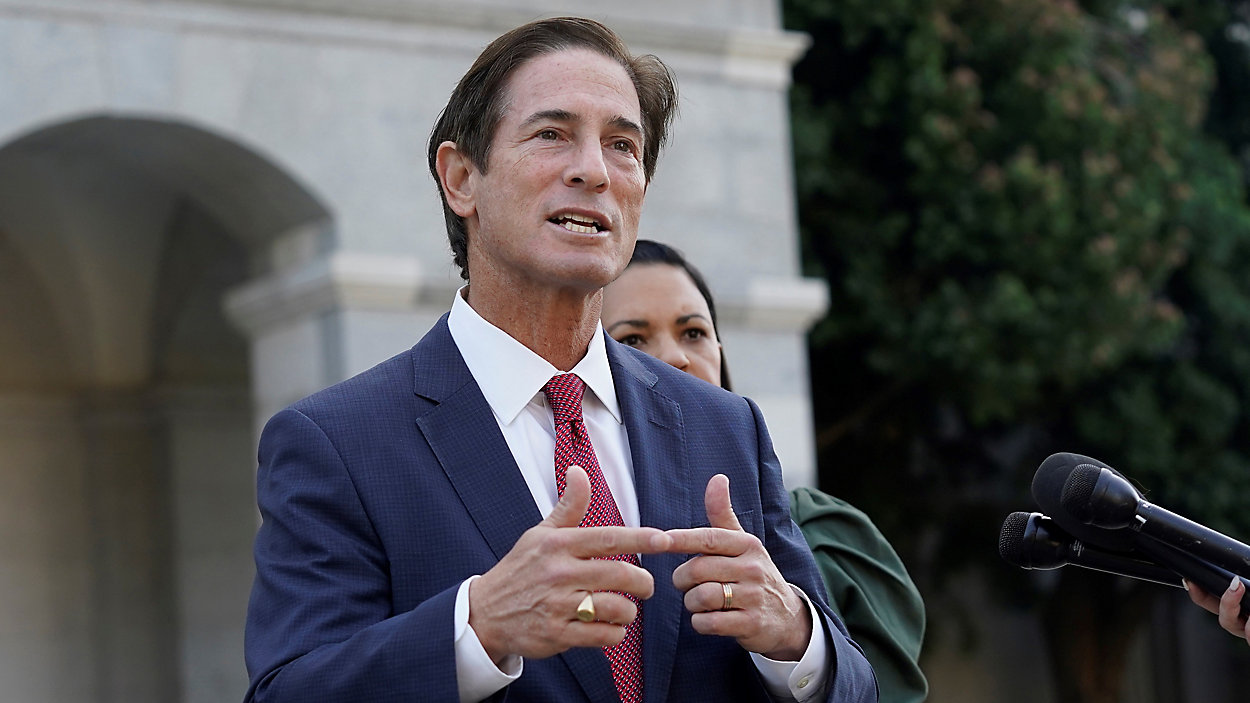The Social Security Administration has officially announced the 2026 cost-of-living adjustment (COLA), and while it’s technically a raise, many seniors say it won’t make a meaningful difference. With inflation still impacting food, housing, and healthcare costs, the modest increase feels more like a placeholder than a solution. For retirees living on fixed incomes, the gap between benefits and expenses continues to widen. Here’s what the new raise means—and why it’s falling short.
The Numbers Are In
The 2026 COLA is set at 2.8%, based on inflation data from the Consumer Price Index for Urban Wage Earners and Clerical Workers (CPI-W). That translates to an average increase of about $60 per month for most recipients. While any bump is welcome, it’s significantly lower than the 5.9% and 8.7% adjustments seen in 2022 and 2023. Many seniors say the raise barely covers the rising cost of groceries, let alone other essentials.
Groceries Are Eating Up the Gains
Food prices have continued to climb, especially for staples like eggs, meat, and produce. Seniors report spending $50–$100 more per month on groceries compared to just two years ago. That means the entire COLA increase could be swallowed by supermarket receipts. For those without supplemental income, the raise feels like a drop in the bucket.
Healthcare Costs Keep Rising
Prescription drugs, insurance premiums, and out-of-pocket medical expenses are also on the rise. Many seniors are seeing higher costs for Medicare Part D, dental care, and vision services. None of these are fully covered by Social Security. The 2026 raise doesn’t account for these increases, leaving retirees to make tough choices about their health.
Housing and Utilities Add Pressure
Rent, property taxes, and utility bills have all increased in recent years. Seniors living in fixed-income housing or trying to maintain their homes are feeling the squeeze. The COLA adjustment doesn’t reflect regional cost differences. So, some retirees in high-cost areas are hit harder than others.
What Seniors Can Do
While the raise may be underwhelming, there are steps seniors can take to stretch their benefits. Reviewing Medicare plans, applying for food assistance programs, and exploring local senior discounts can help offset costs. Advocacy groups are also pushing for more substantial reforms to Social Security and senior support programs.
A System in Need of Reform
The 2026 COLA highlights a growing disconnect between Social Security and the real cost of aging. As inflation continues to outpace benefit increases, many seniors are calling for a new formula—one that reflects the actual expenses retirees face. Until then, each raise may feel more symbolic than supportive.
Are you feeling the impact of the 2026 Social Security raise? Share your thoughts or tips in the comments—we’d love to hear how you’re managing.
You May Also Like…
The COLA Mirage: 7 Ways Inflation and Part B Premiums Can Eat Your Raise by February
Why Your COLA Increase Might Be Disappearing Before You See It
Is Your Retirement Paycheck Covered by COLA + Pension + Social Security?
What to Do When Your Social Security COLA Doesn’t Cover Your Rising Living Costs
The Hospital Billing Trick That’s Costing Older Patients Million

























